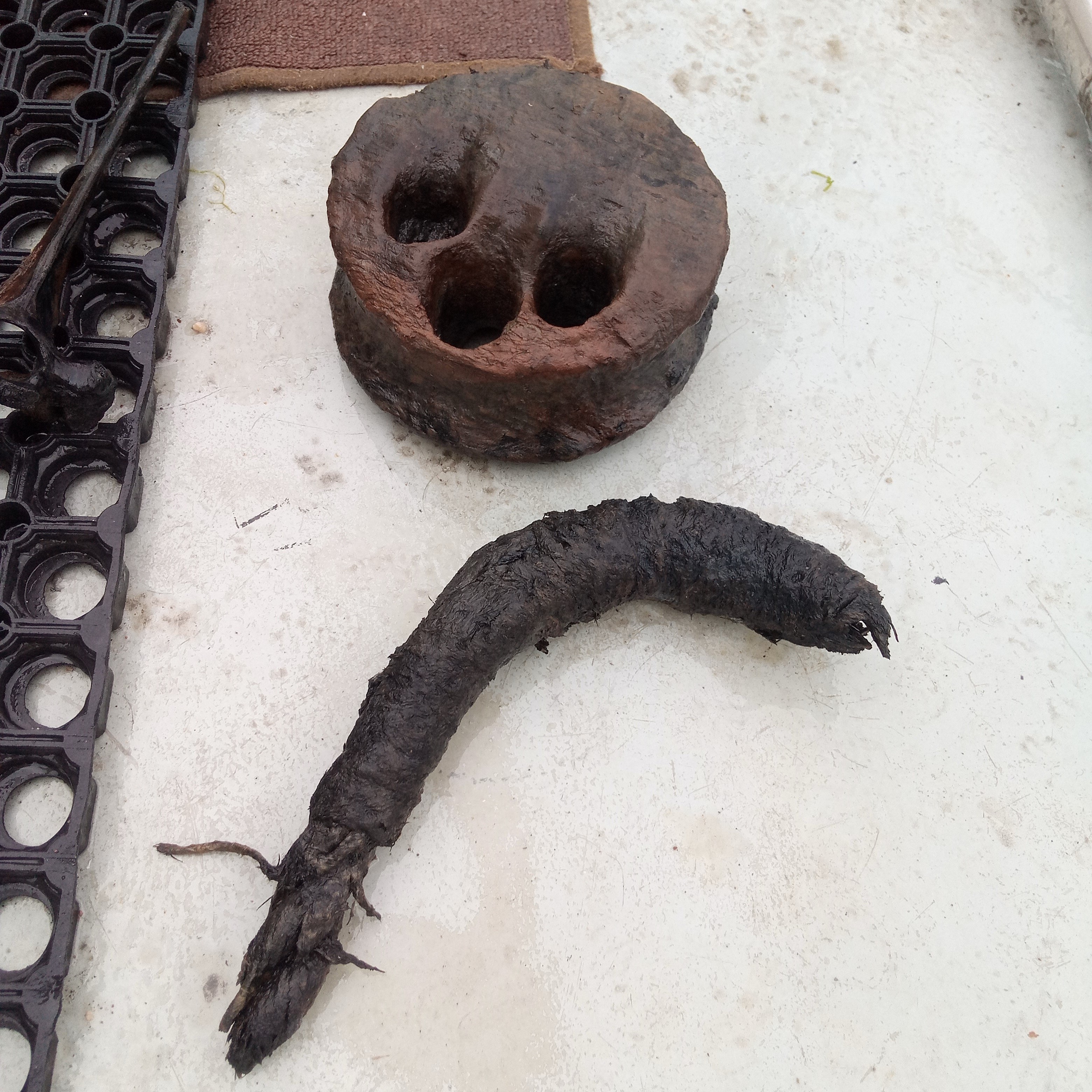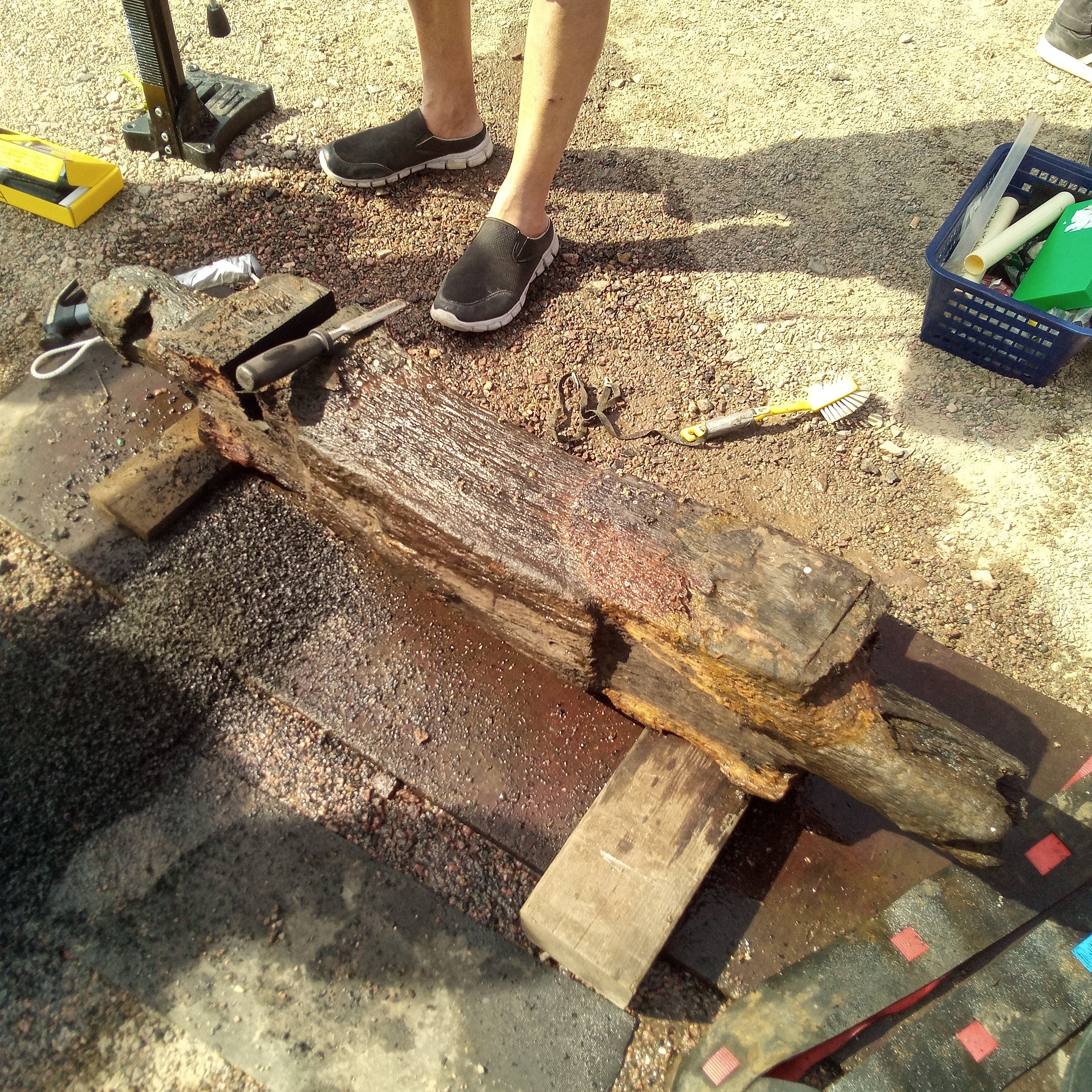Research
ㅤ
Hahtiperä
After its excavation in 2019, the research on the shipwreck Hahtiperä became an important objective for our project This effort entails combining techniques like 3D modeling, studying insect markings on the wood, and dendrochronological sampling. Through these methods and by combining their outcomes, we aim to enhance our expertise in identifying optimal locations on wooden wrecks for extracting dendrochronological samples, which stands as the cornerstone of our research. Additionally, we seek to gain insights into the ship's origins and construction processes.
Suomenlinna shipwrecks
Two underwater wrecks in Suomenlinna, Susisaaren hylky and Länsi-Mustasaari 2, had captures our full attention due to their potential connection to the Swedish Navy. This alignment with our primary research focus has prompted us to undertake a comprehensive study of these two wrecks. Using advanced photogrammetry techniques, we carefully captured detailed images of the submerged structures. This was done to gain a comprehensive understanding of their features, which will aid us in conducting further reserach.
In 2022, a notable achievement was reached through the underwater excavation of Susisaaren hylky, made possible by collaboration with our partners and the dedicated efforts of our volunteers. This endeavor was facilitated by employing an airlift mechanism which led to the unearthing of various artifacts during the excavation. Material samples were also collected from the wreck. The forthcoming analysis of these artifacts and samples is anticipated to be particularly enlightening, potentially shedding substantial light on the enigmatic identities of these wrecks.

It's important to mention that, along with these discoveries, the excavation also uncovered highly inflammable materials, possibly originating from the bombing of Helsinki during World War II and subsequently becoming part of the wreck's context. This emphasizes the need for extreme caution in future excavations in the area.
ㅤ
Susisaaren tykki
Our research also centered on Susisaaren tykki, a cannon site in close proximity to Susisaaren hylky. We utilized photogrammetry to determine the cannon's dimensions. Also, by carefully removing crust from explicit areas of the barrel, we were able to uncover markings that might provide further insights into the cannon's history.
Additionally, by carefully raising and documenting the carriage's axis on land, we gained insights into its structural attributes that with further research could potentially aid in pinpointing its origin.
